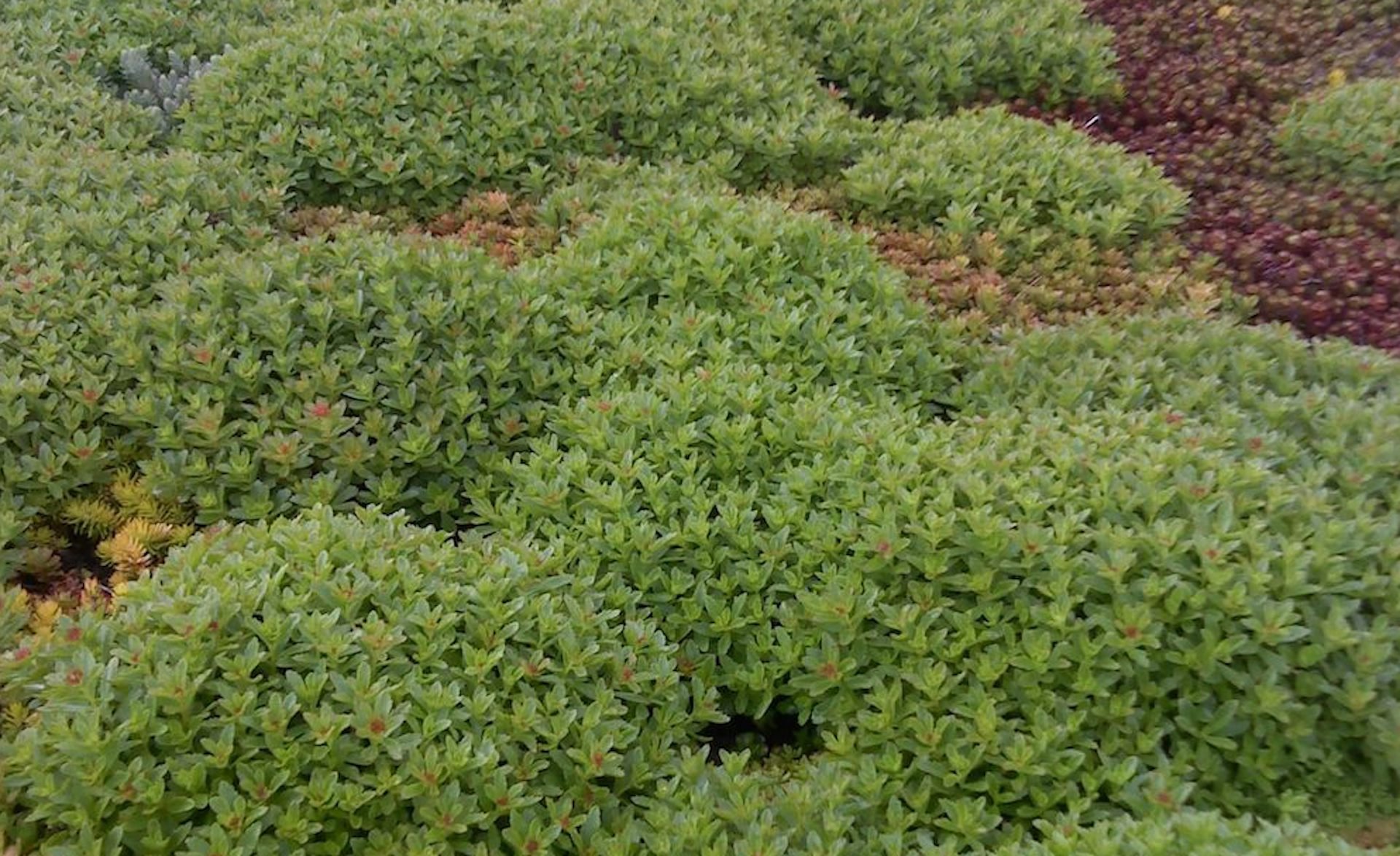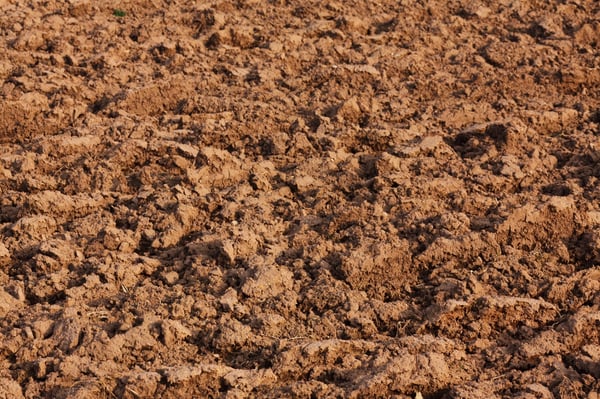
Green roofs are awesome, but their success hinges on the designer’s ability to account for the weight-bearing capacity of the roof and design accordingly.
In many ways, green roofs are nothing new.
Since the first prehistoric northerners put sod over their roofs, cooling their homes in the summer and keeping warmth inside during the biting winter months, humans have used the incredible power of greenery to moderate internal environments.
And feed their goats. And dress up their homes. And deal with rainfall. And be generally badass.
Seriously, though, green roofs provide a huge array of services: stormwater management, wildlife habitat, pollinator feeding zones, insulation, building protection and more.
Not, however, without one giant consideration to account for:
Weight.
Weight Variables in Green Roofing Systems

Any green roof designer or builder must take a huge number of variables into account, including:
- Project materials
- Plant selection
- Labor costs
- Climate and stormwater needs
- Roof design and materials
- Roof size, slope and orientation
- Preexisting waterproofing
- Aesthetics and visibility
- Other sustainable systems, such as rainwater harvesting or solar panels
- Intended use of the green roof, such as for a rooftop garden or stormwater retention system
At the end of the day, each and every one of these variables must respect the weight constraints of the roof. Your plant selection, media depth and other systems can’t be heavier than what the roof can handle.
Some roofs are therefore better suited to intensive green roofs, which have deeper planting media and can accommodate a greater variety of plants. Others are better off with extensive green roofs, which have a shallower soil profile and therefore a more limited plant palette.
Whatever the case, it’s important to know the roof.
Wet Versus Dry Green Roof Weight

One of the most important services green roofs provide is to detain stormwater.
Believe it or not, a 1-inch rainfall deposits more than 2 billion gallons of water on a city the size of Atlanta. Can we all just agree … whoa, dude. That’s a lot of water to handle.
Not to mention a lot of weight, meaning roofs are significantly heavier wet than dry.
As Roofmeadow points out, “Green roofs vary greatly in weight, depending on depth and the material components. The important measurement is ‘wet’ weight – because that’s when fully saturated fabrics and plants are at their heaviest.”
In other words, everything soaks up water. The fabrics, growing media, soil, plants themselves. It makes the math a bit more complicated, but nevertheless essential.
Designing Green Roof Systems That Work
Because weight is such a critical issue, it’s important to work with experienced green roofers who know how to design and implement systems within the capacity of the rooftop.
It’s also crucial to note that you must take this into account now and in the future.
It’s not enough to “go with what works” in the present if cheap materials will lead to instability, unexpected water retention (and therefore pounds) and deterioration in future.
Luckily, Ecogardens has you there. If you want help designing or installing (or both) systems that meet your needs and protect your building, we’re here.

